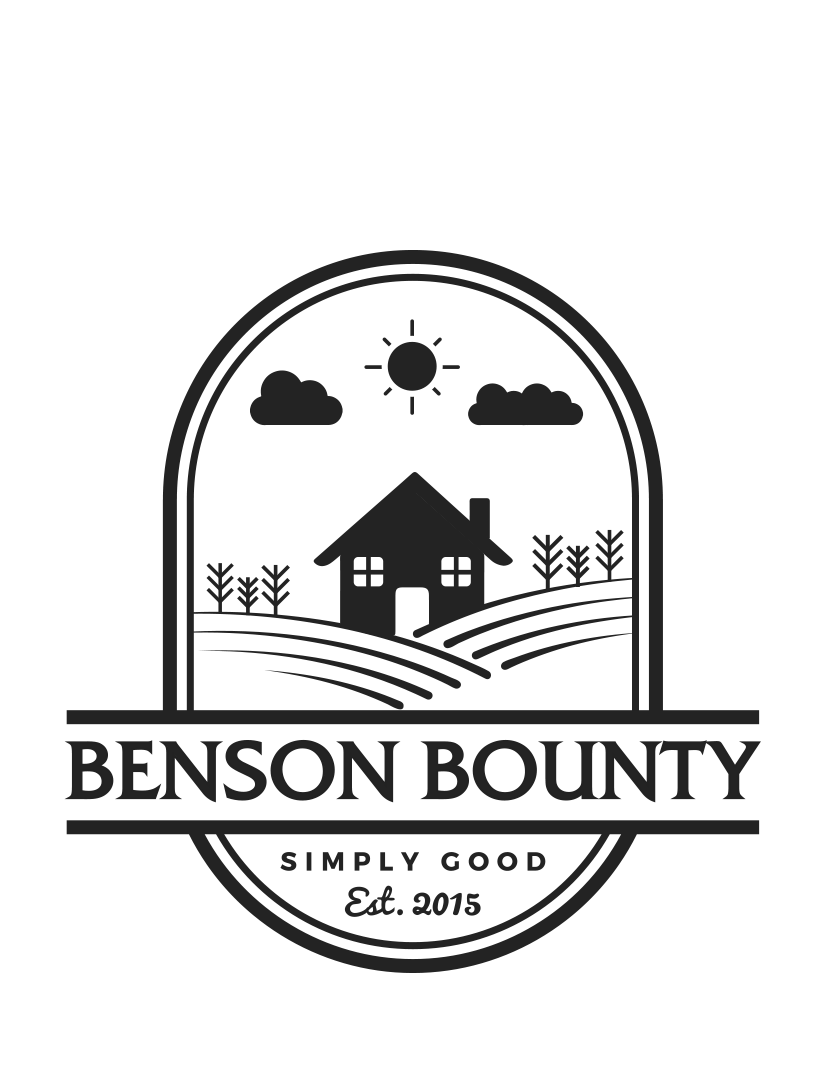Planting a Pollinator Garden
Here are some of the things we’ve learned over the past 5 years while maintaining a pollinator garden. There are many factors to consider for a successful plan:
-Choose your location and consider the soil and sun conditions: many flowering plants will flower in both full sun and mostly shade; they may not develop as quickly or flower as long in the shade as they do in full sun
-Bloom times: select plants that offer blooms all season long; late season nectar is especially important because there aren’t as many food sources at that time for pollinators
Choose you plants: research plants that are native to your region; consider their height and their growth habits (do the plants readily self-seed or send out runners which take over other plants?)
-Budget and timeline: plants can be more expensive but will likely be mature starts that will fill in quickly and flower their first year, while planting an area by seed is less expensive but may take at least a couple of years to establish
-Choose plants that are not from a big box nursery; many nurseries spray or treat their plants so use caution when purchasing your pollinator garden plants as to not poison the pollinators that will flutter about your garden
-Water seeds and plants in well; native plants will adapt to environment conditions but will need to be watered in well their first year
-Weed around the plants twice a year (spring and fall) to avoid invasive plants establishing themselves
-Let the plants hang out all winter long to provide food and shelter for wildlife; clean up late in the spring
-Enjoy your work as the perennial pollinator plants fill in and you feed and provide shelter for surrounding wildlife all year long!

